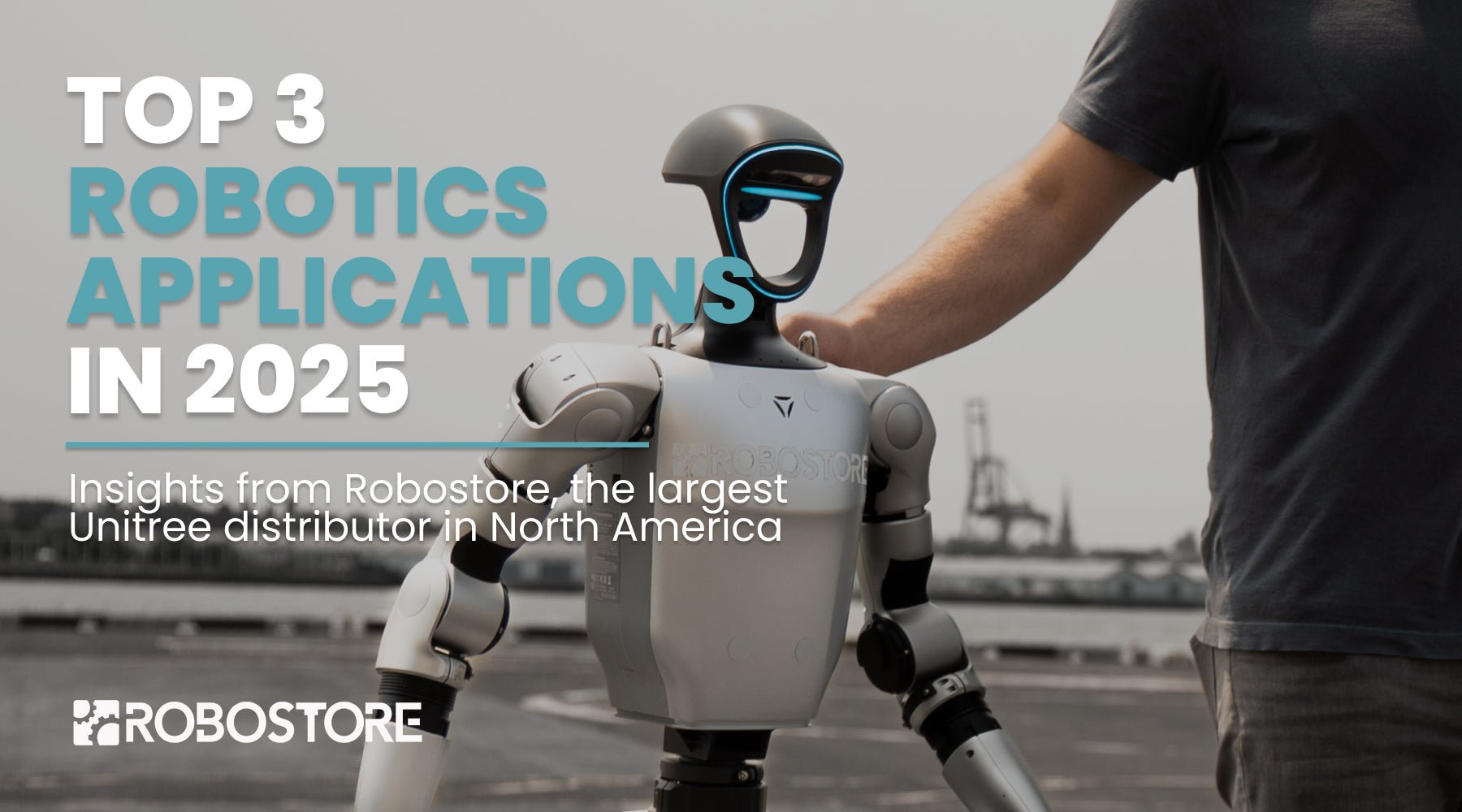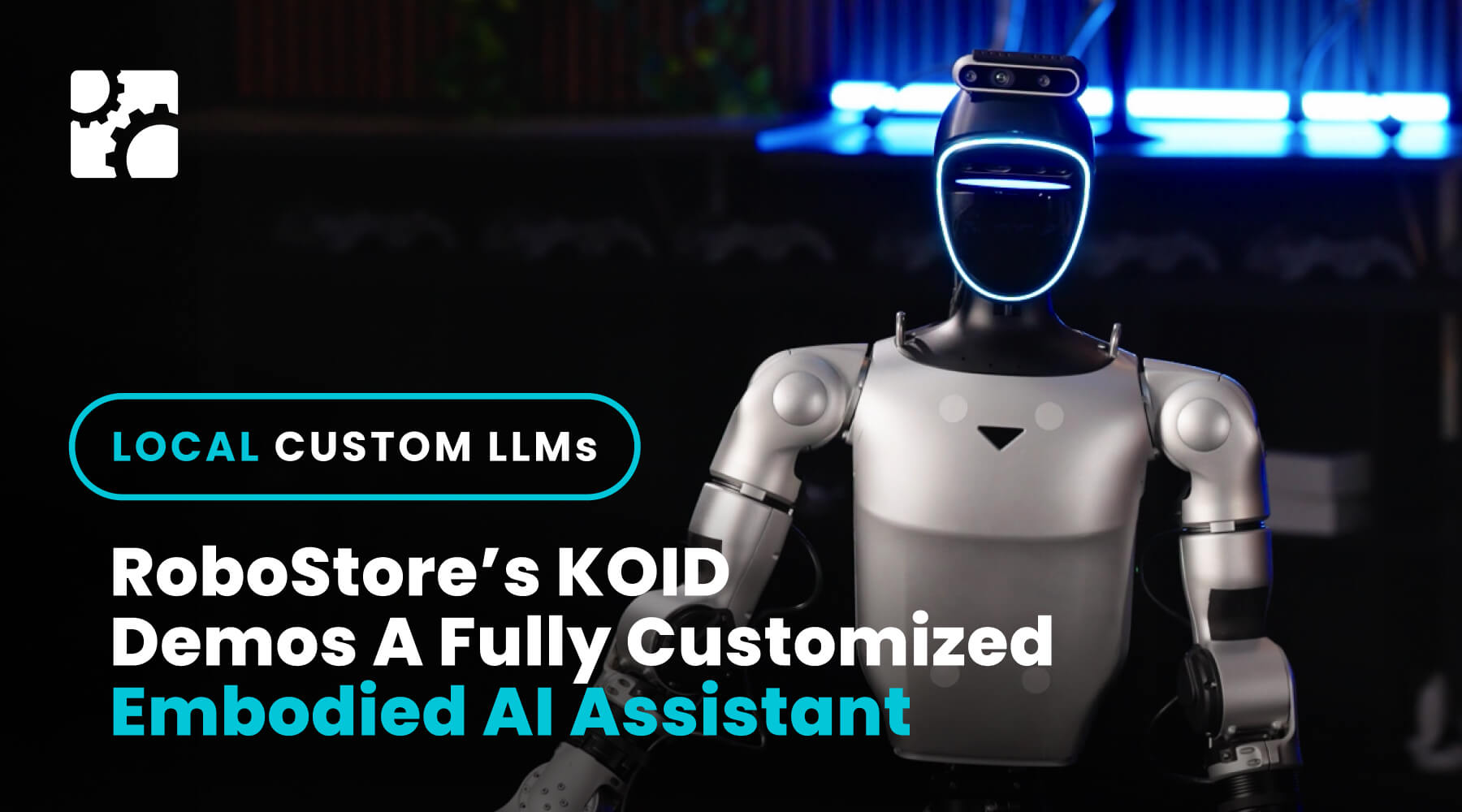At Robostore, we have a unique vantage point. As the largest distributor of Unitree Robotics in North America, we work directly with educators, researchers, and companies deploying robotics in the field. That gives us an inside look at where demand is growing — and where the future of robotics is being built.
Here are the top three applications we see driving adoption today.
1. Education
Robotics has become one of the most impactful tools in STEM and university programs. Schools and educators are leaning on robotics to give students hands-on experience in problem-solving, programming, and engineering.
The GO2 quadruped has become a standout platform in classrooms. It’s affordable, rugged, and supported by a wide ecosystem of online tutorials, software packages, and developer communities. Educators love that their students can experiment quickly, without the steep barrier of proprietary systems.
At the same time, we’re seeing a clear uptick in interest for humanoid platforms like the Unitree G1. With all the buzz around humanoids in the media and tech world, many universities want to ensure their students are early adopters. Preparing engineers to work with humanoid robotics isn’t just forward-thinking — it’s positioning them at the front of an industry that’s evolving quickly.

2. Research & Development
In the research world, humanoids are leading the charge. Tech companies, AI labs, and robotics startups are investing heavily in humanoid platforms to bridge the gap between hardware and software.
This isn’t just about building robots that move like humans — it’s about creating platforms that can test real-world applications. From locomotion to dexterity, researchers are racing to connect the dots between autonomy, AI models, and robotics hardware. The Unitree G1 EDU platforms, in particular, are being used to explore integration with AI systems, reinforcement learning, and industrial robotics use cases.
It’s an exciting moment: the R&D sector isn’t asking “if” humanoids will become useful, but “how soon” and “in what roles.”

3. Energy & Manufacturing
One of the more surprising areas of growth we’ve seen is energy and manufacturing. Companies in these sectors are increasingly turning to quadrupeds like the Unitree B2 and GO2 to handle tasks that are repetitive, risky, or time-intensive for human workers.
These platforms are often paired with LiDAR sensors such as the Hesai XT16, enabling autonomous navigation and data capture. Common applications include:
-
Autonomous patrols of facilities, warehouses, or energy sites
-
Remote monitoring of gauges, pipes, or equipment in hazardous environments
-
Predictive maintenance, where robots capture data to spot early signs of failure
For industries managing complex environments, quadrupeds offer a flexible, mobile solution that drones or fixed sensors can’t replicate.

The Bigger Picture
From classrooms to labs to industrial sites, robotics adoption is accelerating. Education ensures the next generation is prepared, R&D is driving innovation, and industries like energy and manufacturing are beginning to scale real-world deployments.
At Robostore, we see these trends unfold every day — and we’re committed to helping organizations of all sizes find the right platform for their needs.
If your team is exploring robotics, we’d be happy to share insights, demos, or recommendations based on where the market is heading.







Share:
Robostore and the KOID Launch: Why Investment in Humanoids Matters
Why the Unitree G1 on the NYSE Marks a Turning Point for Robotics Investment